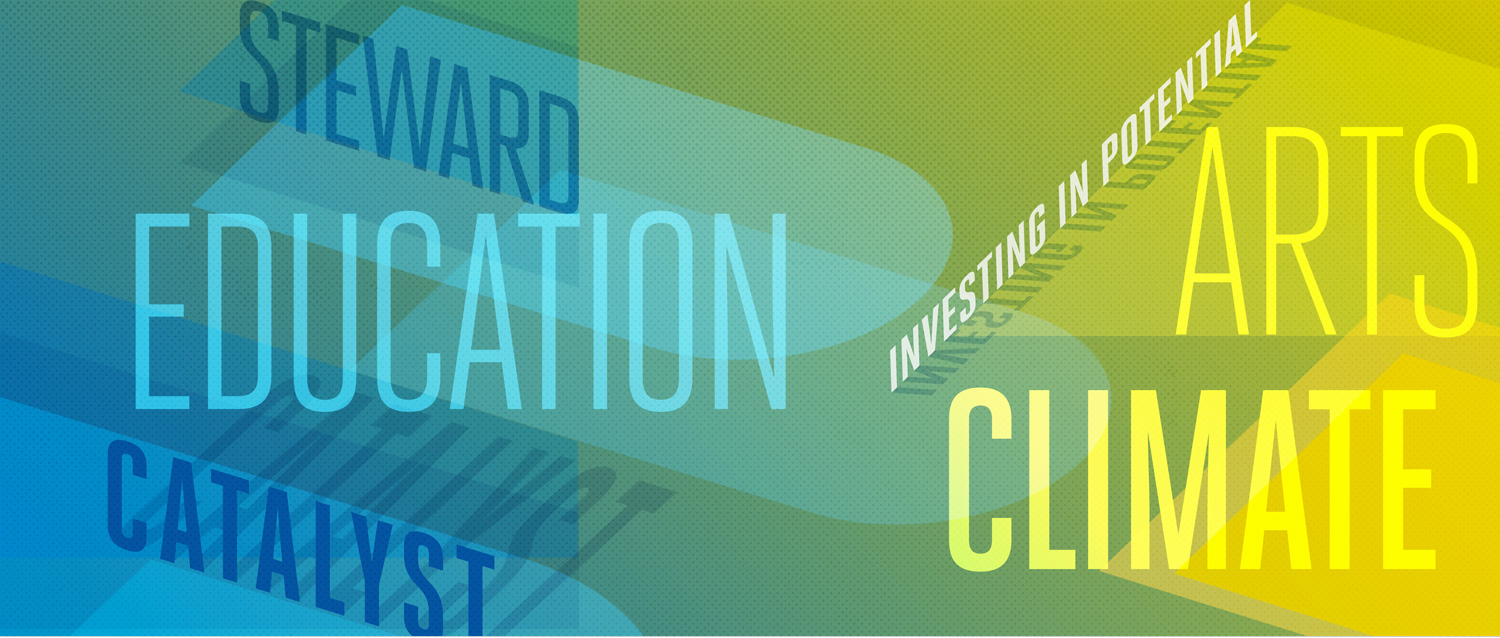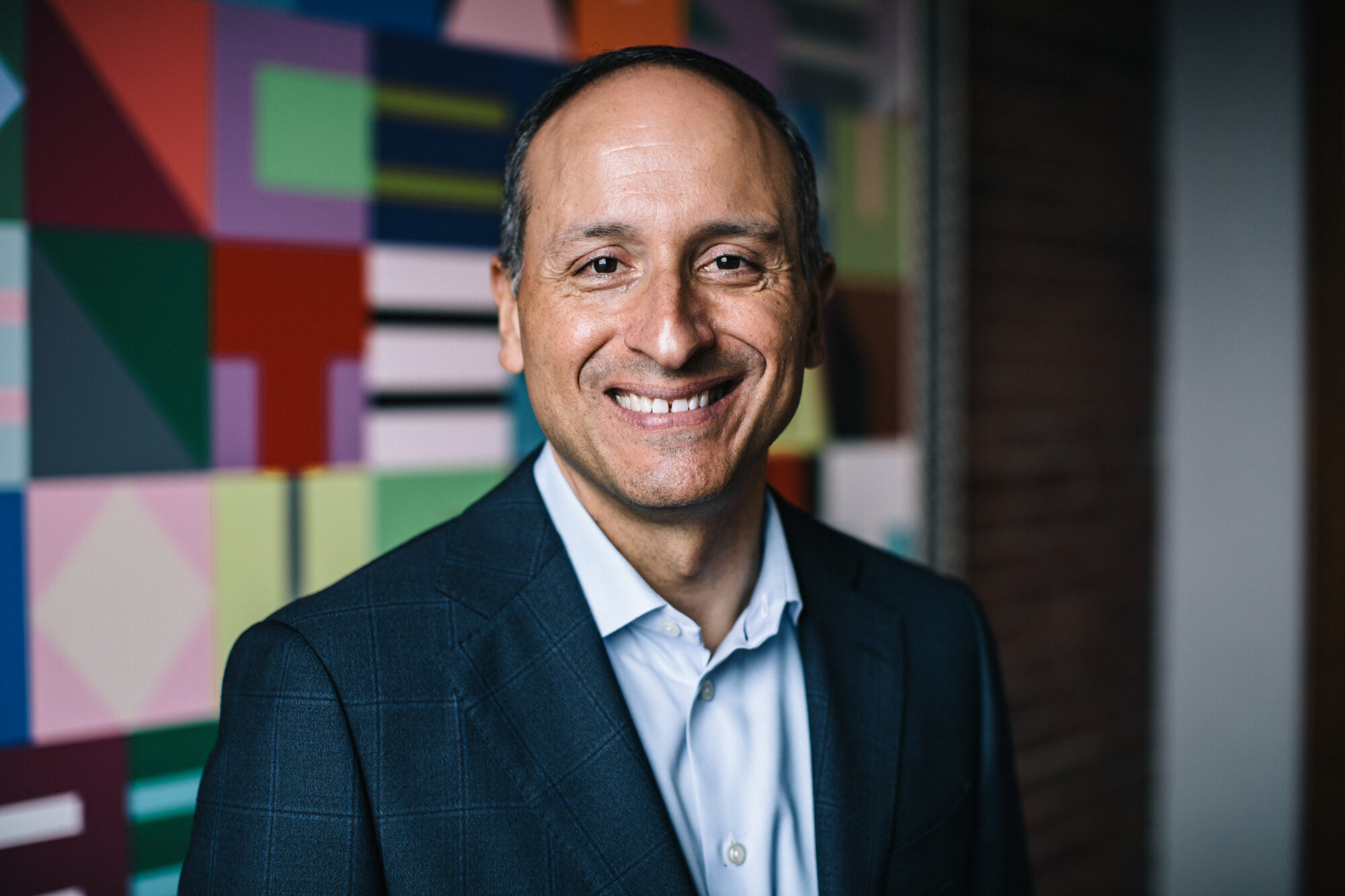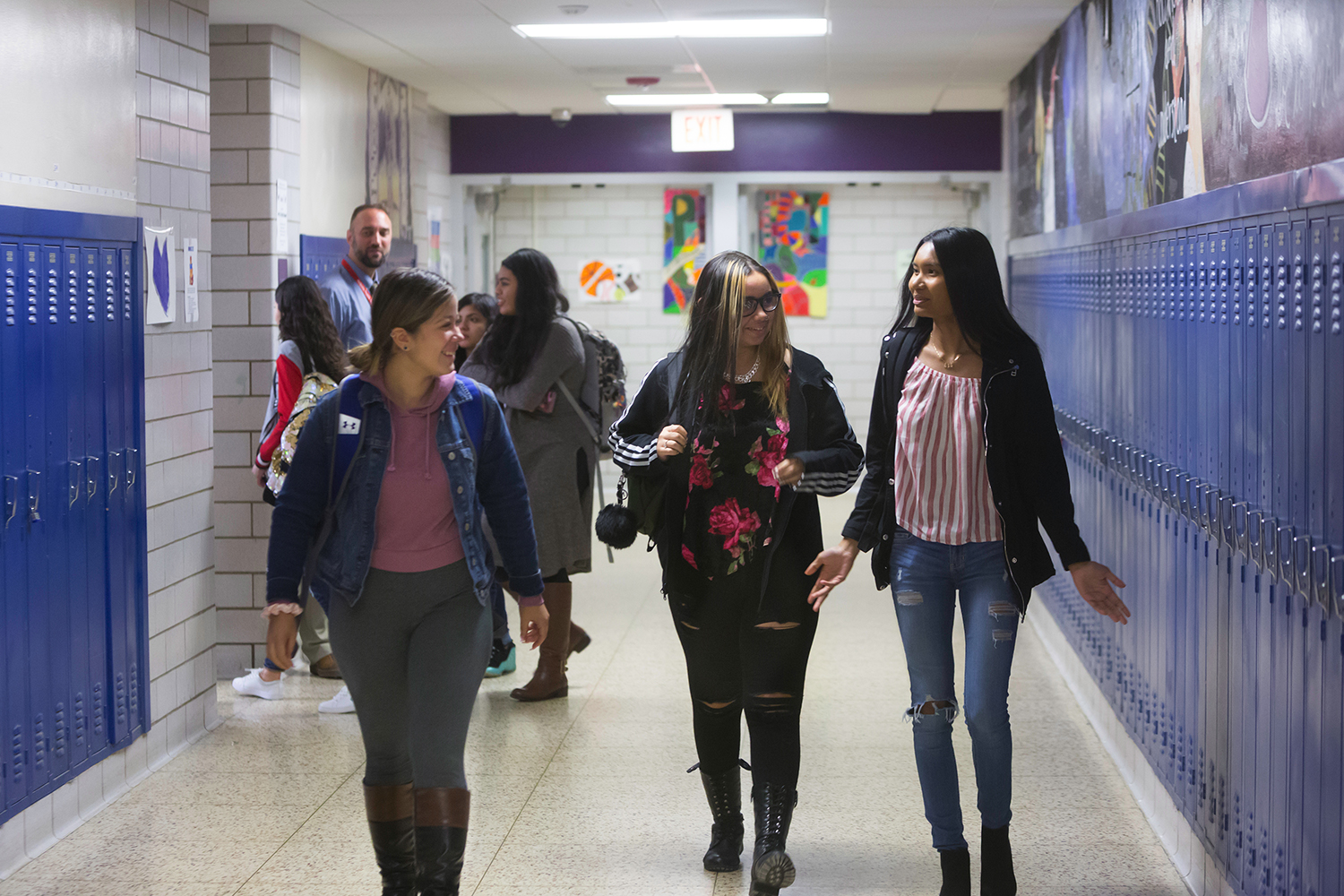One year ago, we introduced Barr’s new mission statement: To invest in human, natural, and creative potential, serving as thoughtful stewards and catalysts. Together with the core values and approach to philanthropy articulated by our trustees, these principles provided the basis for planning across Barr’s core programs of Arts & Culture, Climate, and Education. I am excited to share the results of that planning.
What Unifies Barr’s New Directions
The strategies that will guide Barr’s next phase of work all share a focus on investing in potential. There are enormous opportunities before us for such investment, given the mix of visionary leaders, effective organizations, and powerful ideas in our region.
Our strategies also make concrete the aspiration expressed in our mission that we serve as both stewards and catalysts. Our stewardship manifests in our abiding commitment to stick with complex challenges over the long term, as well as our willingness to double down when we see progress. We complement that by seeking to be catalytic, embracing risk and investing in new ideas.
Where We Will Focus
We engaged in a comprehensive effort in each of our core programs over the past year. Guided by Barr’s mission, values, and approach, we carefully considered our work to date, as well as how the context has changed and where the opportunities for impact reside in each of our three domains. Through our planning series on this blog, we offered key findings even as our planning was ongoing. Ultimately, for each program, we sought to address the question: Where can Barr have the greatest impact over the next seven to 10 years? Here are our answers:
Our newly-named Arts & Creativity program will be guided by the goal of elevating the arts and enabling creative expression to engage and inspire a dynamic, thriving Massachusetts. We will pursue this goal through three strategies: advancing the field’s capacity to adapt, to take risks, and to engage changing audiences in new ways; fostering opportunities to connect the arts to other disciplines and sectors; and activating public support for the arts.
In Climate, we are doubling down on our commitment to reduce greenhouse gas emissions, focusing on two areas that generate the most emissions—energy and transportation. We have honed our Clean Energy portfolio at the same time as we are expanding its reach in the Northeast, and we have renamed our former Transportation and Smart Growth portfolio as Mobility, with a focus on smarter travel and smarter places in Greater Boston. Acknowledging that the effects of climate change are already a reality, we are also introducing a new, special initiative to explore opportunities to enhance resilience efforts in Boston.
In Education, we are focusing our efforts on the goal of increasing the number of young people who connect to success in and beyond high school. We will also expand Barr’s work in both Massachusetts and across New England. At the same time, we will initiate a targeted set of new investments in Boston to expand access to high-quality educational opportunities.
In a series of posts over the next four weeks, we will provide further detail on the strategies and grantmaking priorities we will pursue to advance these goals. We begin with details from our Climate team on the next phase of our work in Clean Energy and Mobility, which are on our website now. In the coming weeks, you’ll hear more from our Arts & Creativity and Education teams.
In addition, over the course of 2016, we will describe our further plans to invest in leadership, including the next iteration of the Barr Fellows program, which will remain a key initiative for us.
As we articulate these strategies, we are well aware of the critique sometimes leveled at foundations for imposing their ideas upon others or, put more bluntly, treating grantees as contractors hired to execute a foundation’s strategy. This couldn’t be further from how we see our role or the kinds of relationships we seek to cultivate. At Barr, we believe effective philanthropy requires clarity about goals and priorities, which allows us to identify partners with similar aspirations and to engage as supporters, facilitators, connectors, and constructive partners in advancing impact against shared goals.
Honoring the Past, Embracing the Future
As you learn more about our new directions, many of you will note that these strategies are far more evolution than revolution. That has been by design. From the outset, we sought to build upon good work done over many years, and to write a next chapter—not a new script—for the Foundation.
At the same time, I would highlight two significant changes:
First, while always retaining a strong commitment to Barr’s home in Boston, we intend to expand our geographic reach as we engage more broadly across the region. We also plan to pursue targeted opportunities for grantmaking at the national level.
Second, the plans represent greater focus for Barr in those areas where we believe our engagement can drive impact. Accordingly, we will be winding down some aspects of our prior work.
What does this all mean for current Barr grantees? Consistent with our commitment to demonstrate respect and care in all of our relationships, we are working with each of our partners to consider the implications of these new strategies for our relationships. In cases in which we will be winding down our support, we are committed to a thoughtful and respectful transition.
Shaping Our Future, Together
In our view, planning is not a static activity; it is ongoing and iterative. While our goal has always been to define a clear set of directions for Barr, we fully intend to refine and adapt these strategies based on what we learn and how the environment shifts. Our aim is to ensure we have staying power on complex and vital issues while avoiding rigidity.
At a time when the challenges before us can seem insurmountable and intractable, I am reminded of the late John Gardner. In an illustrious career that included service as president of the Carnegie Corporation, secretary of Health, Education, and Welfare under President Lyndon Johnson, and founder of both Common Cause and Independent Sector, Gardner once wrote: “We are all faced with a series of great opportunities—brilliantly disguised as insoluble problems.”
Acutely aware of the tremendous potential around us, we embrace the same spirit of optimism at Barr. With humility and profound respect for the partners we are privileged to support, we choose to view the challenges before us as opportunities to be seized. And we are excited about this next chapter of collective work.




